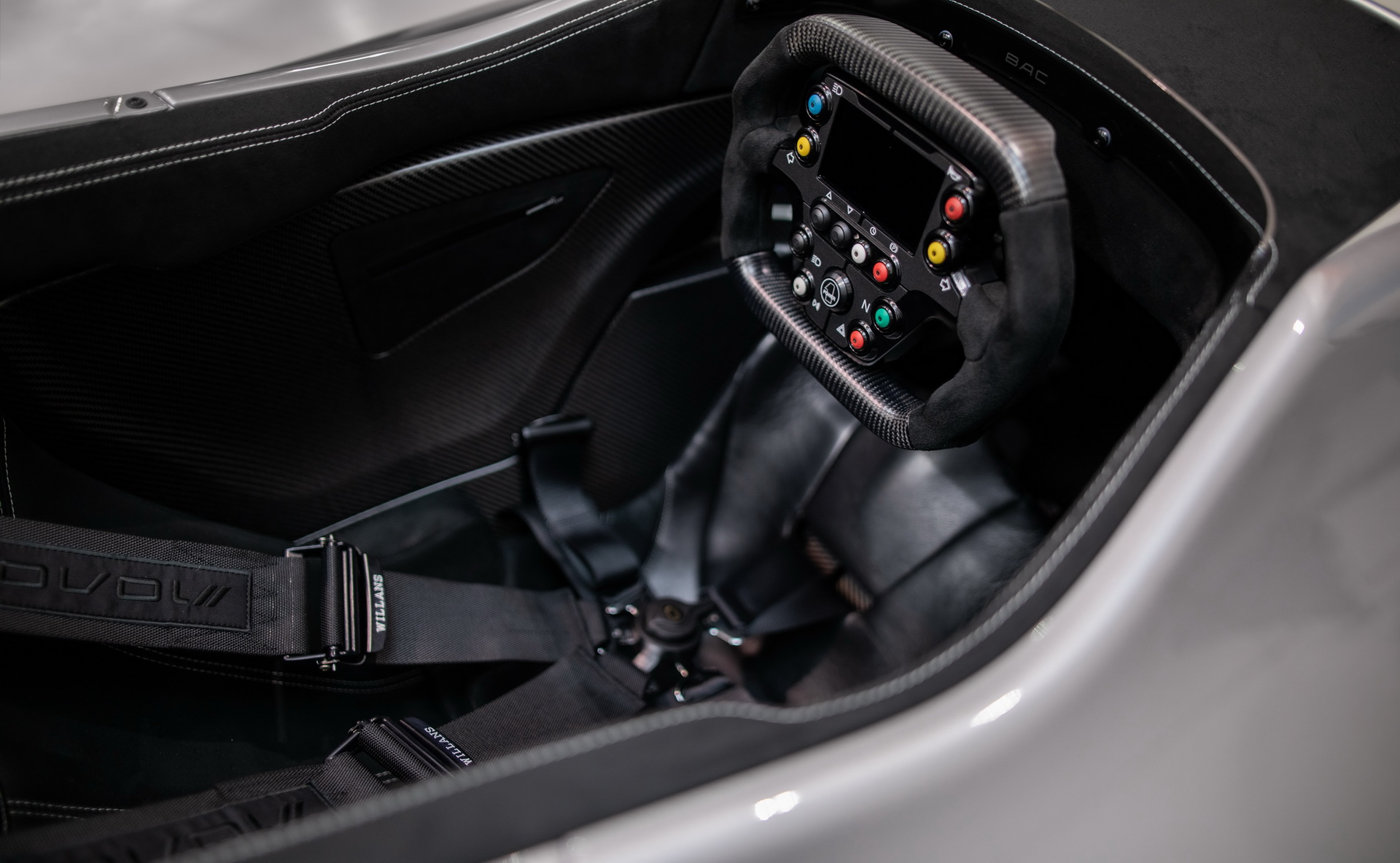All-New BAC Mono Breaks Cover With 332 PS, 0-60 In 2.7 Sec
BAC has just unveiled its new generation Mono single-seater supercar, powered by a turbocharged 2.3-liter four-cylinder inline unit, producing 332 PS (327 HP) and 400 Nm (295 lb-ft) of torque.
Thanks to a power-to-weight ratio of 582 PS per tonne, the new Mono, which by the way is road legal, is capable of accelerating from zero to 60 mph (96 km/h) in just 2.7 seconds. As for the price, that’ll be a hefty £165,950 ($212,000).
This new model, tipping the scales at just 570 kg (1,256 lbs), also marks the first time that a Mono meets the latest stringent EU6D emissions and drive-by noise regulations.
“When it came to designing the new-generation BAC Mono, we didn’t just want to set a precedent for the evolution of Mono – we wanted to set a totally new bar for supercar design,” said BAC design chief Ian Briggs.
“The flowing, functional shape that’s full of undeniable Mono DNA is lighter-looking, more simplistic and cleaner than ever before, with a reduced frontal area and thinner surfaces throughout. Making the second Mono was always going to be a challenge – much like the ever-anticipated second album of an artist – but we’re confident the stunning look, innovation and driving experience of the new BAC Mono will more than meet the demands and expectations.”
BAC has taken a whole new approach to designing the Mono, compared to the first-generation model. The goal here was to achieve a more “organic, lighter aesthetic,” through the imposing shark nose. Other design features include the centrally-mounted headlights, new LED lights, twin-strut wing mirrors, a narrower tail, a 20 mm (0.78 inches) reduction in height and a 25 mm (0.98 inches) increase in length over the first-gen car.
Inside, there’s an even lighter carbon fiber steering wheel, as well as optional carbon side panels.
In terms of construction, the new Mono features graphene-enhanced carbon fiber throughout, which enhances the structural properties of the carbon, making body panels lighter and stronger, with improved mechanical and thermal performance. Meanwhile, lighter AP Racing brake calipers and a new carbon floor were carried over from the Mono R, to go with the optional carbon-ceramic brakes.
Then there’s the driving experience, which has been improved thanks to the lower center of gravity, while the battery has been moved to the center of the car for optimum balance. Other novelties include better suspension geometry and two-way adjustable dampers.
carscoops






Comments
Post a Comment